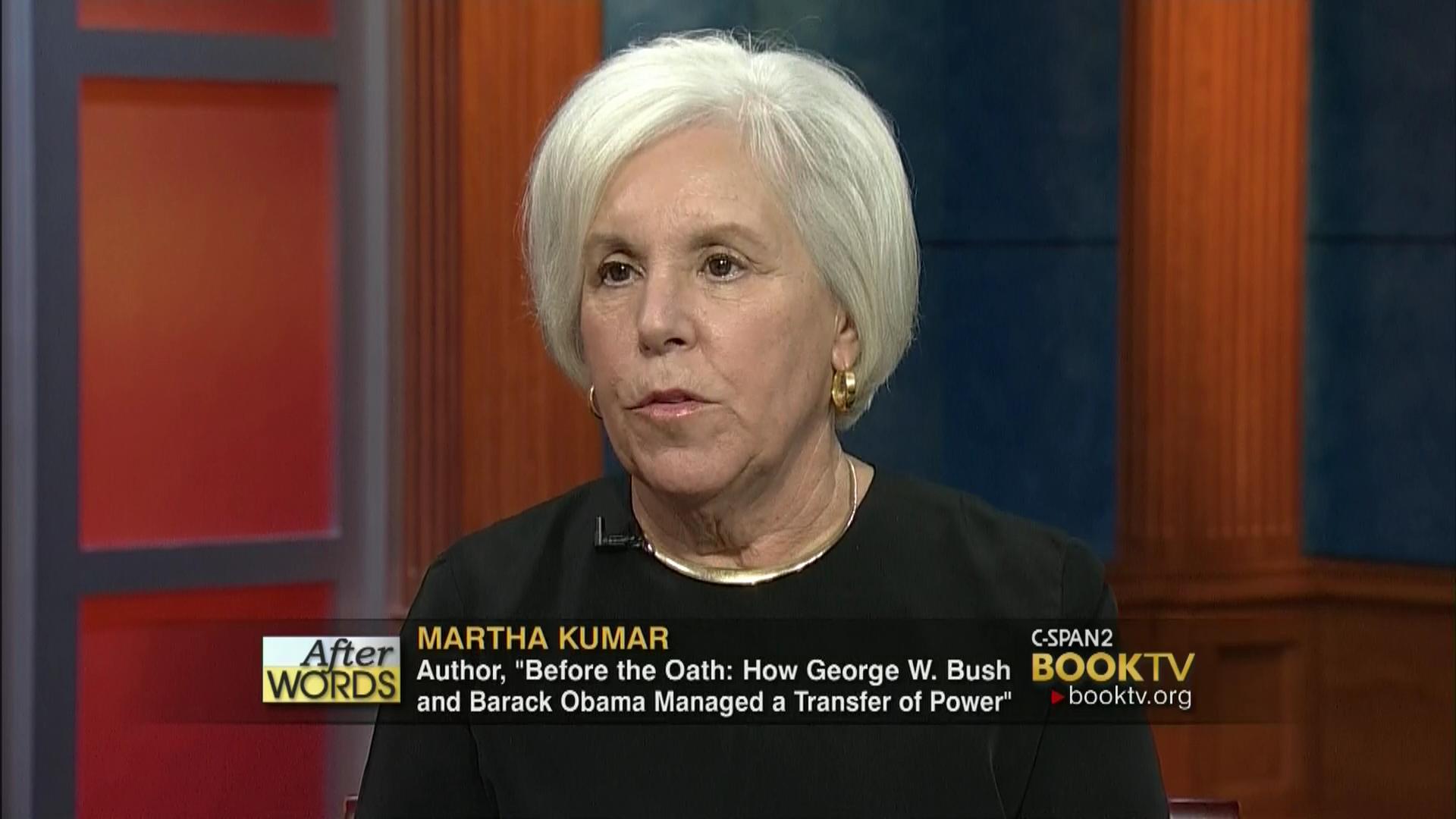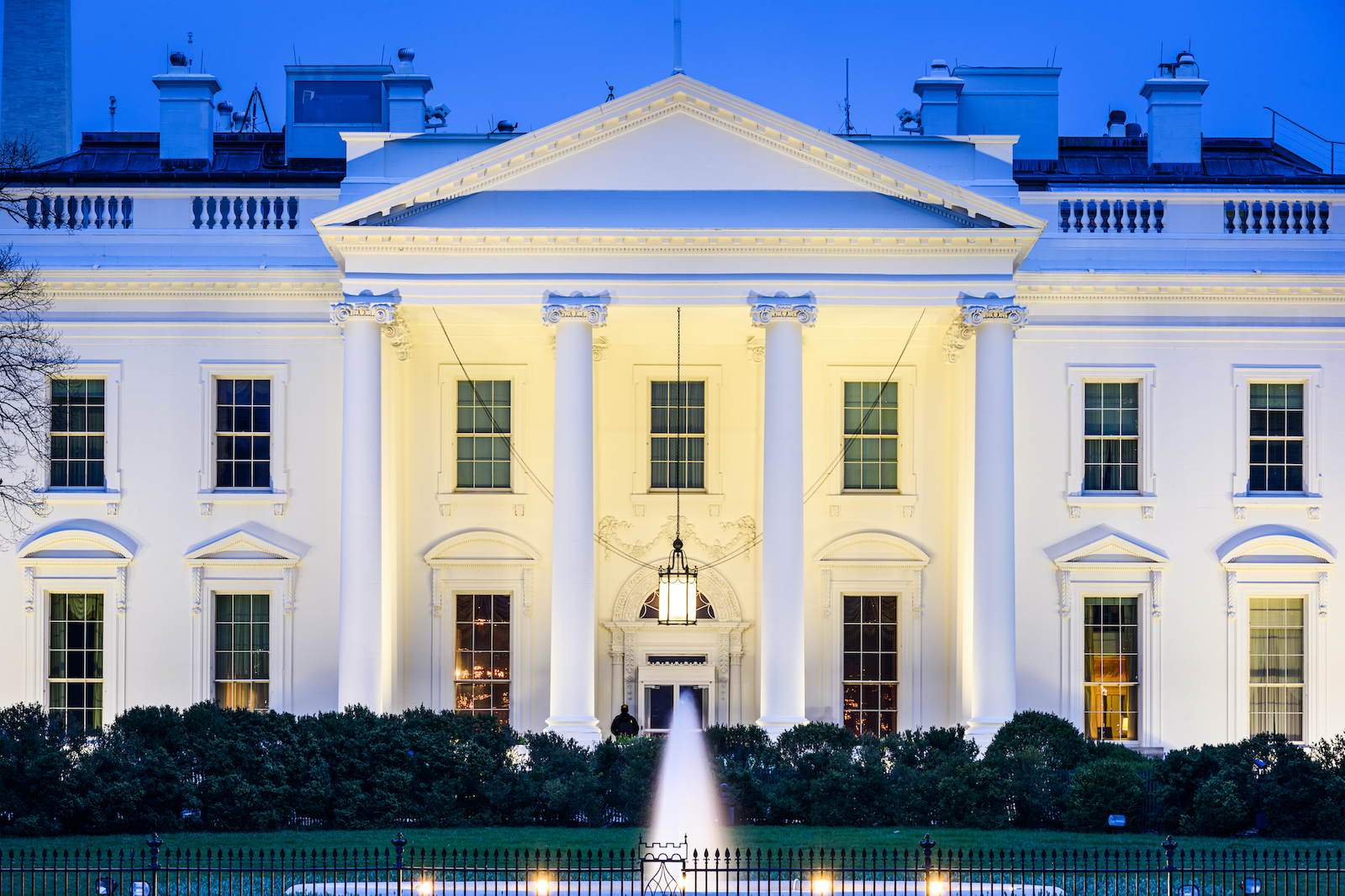Blog
May 11, 2020
The history of presidential transitions
Director of the White House Transition Project, Martha Kumar discusses the history of presidential transitions. Kumar outlines how the Presidential Transition Act changed transition planning, the importance of White House design for a successful first year in office and talks about the best—and worst—presidential transitions.
[tunein id=”t143412805″]Read the highlights:
Dave: What advice do you have for second–term planning?
Martha: “It’s important to think through what you want in the second term, because second terms have not been historically successful. Think about how it gives you an opportunity for a new start and what kinds of items you can actually get passed.”
“The second term is very different than the first because in the first term you have a new agenda lined up as you come in. In a second term, you’re basically left with leftovers from the first administration of things you couldn’t get through.”
Dave: The transition used to be much longer. The election was held in November, and presidents used to be inaugurated in March. But in 1933, that law changed, and Eisenhower was the first president who had a shortened transition [with his inauguration] in January. Now, it’s about 73, 74 days. Why was that transition period shortened?
Martha: “The transition period shortened, one, because travel and information are moving much faster now. With the kind of vulnerabilities that you have in the period of changing presidents, it’s important that it‘s long enough to get policy and personnel in order, but not too long. In fact, if you look at President George W. Bush, his transition was only 37 days, but they had done so much work beforehand preparing for it that they were able to come in and have a very smooth beginning.”



